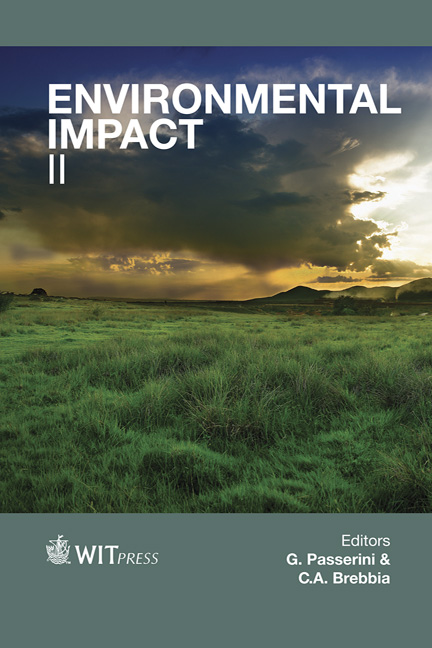Assessing Blight And Its Economic Impacts: A Case Study Of Dallas, TX
Price
Free (open access)
Transaction
Volume
181
Pages
11
Page Range
187 - 197
Published
2014
Size
1,586 kb
Paper DOI
10.2495/EID140161
Copyright
WIT Press
Author(s)
P. Maghelal, S. Andrew, S. Arlikatti & H. S. Jang
Abstract
While much has been written about sustainable cities, few have explored the concept of \“blight” in the context of community viability. As indicators of blight, studies have often examined the presence of vacant lots attracting crime, dumping, abandoned or dilapidated housing and commercial and rental properties owned by non-complying absentee landlords. However, the quantitative estimates focusing on the physical attributes of a community are limited by incomplete data collected at one point in time or one neighborhood. The objective of this paper is to examine key indicators of urban blight that influences the sustainability and long term viability of neighborhoods and communities. This research also provides novel ways to measure the consequences of blighted areas in terms of physical, economic, and sociodemographic over time. Geographic Information Systems (GIS) is used to create blight variable layers and then aggregated to identify the degree of blight in the City of Dallas. The analysis captures the magnitude of blight thus allowing for meaningful comparisons and systematically evaluating the virtual effects of blight. We found blight conditions generally clustered in four parts of the city highlighting the importance of monitoring and code enforcement activities. Using publicly available data, we assess the economic burden these blighted communities impose on the city and make recommendations to mitigate such impacts in future for the sustainable growth of the city. Keywords: urban blight, sustainable cities, index, economic impact, cost analysis, City of Dallas.
Keywords
urban blight, sustainable cities, index, economic impact, cost analysis, City of Dallas.





